
Making the Case for Automated Tools in the Data Center
 Making the Case for Automated Tools in the Data Center
Making the Case for Automated Tools in the Data Center
Manual tools are still the tool of choice for data center planning, yet automated tools can help identify problems and understand the costs of power outages.
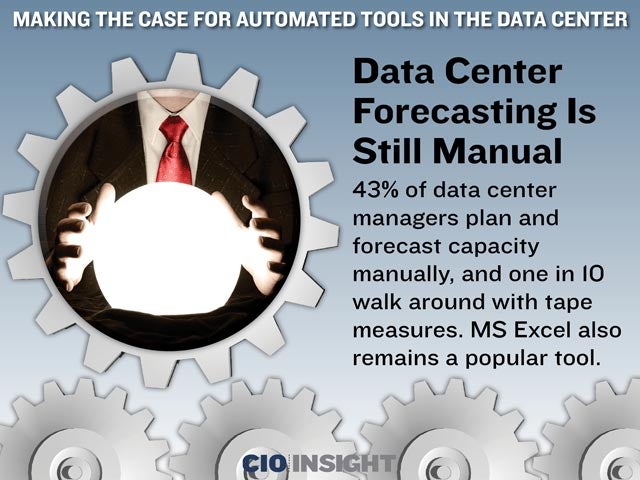 Data Center Forecasting Is Still Manual
Data Center Forecasting Is Still Manual
43% of data center managers plan and forecast capacity manually, and one in 10 walk around with tape measures. MS Excel also remains a popular tool.
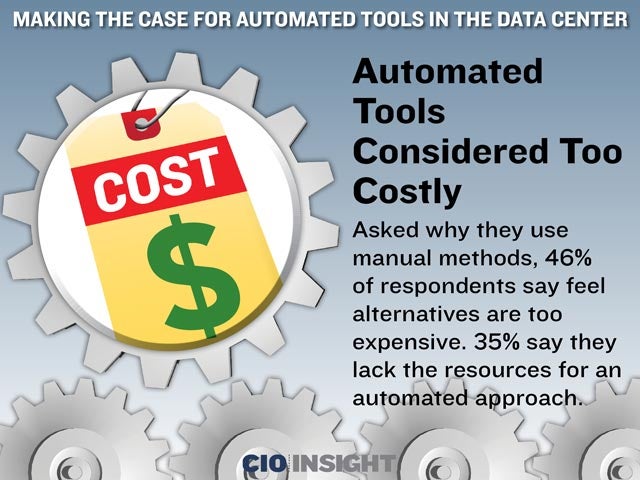 Automated Tools Considered Too Costly
Automated Tools Considered Too Costly
Asked why they use manual methods, 46% of respondents say feel alternatives are too expensive. 35% say they lack the resources for an automated approach.
 Size Does Not Matter
Size Does Not Matter
The manual approach has nothing to do with data center size; the proportion of manual approaches is the same among small and large data centers with over 1,500 servers.
 Extent of Capacity Planning and Forecasting
Extent of Capacity Planning and Forecasting
56% of manual planters devote 40% of their time to capacity planning and forecasting. This may be why they are locked in a vicious cycle; they neither have the time nor resources to implement DCIM tools.
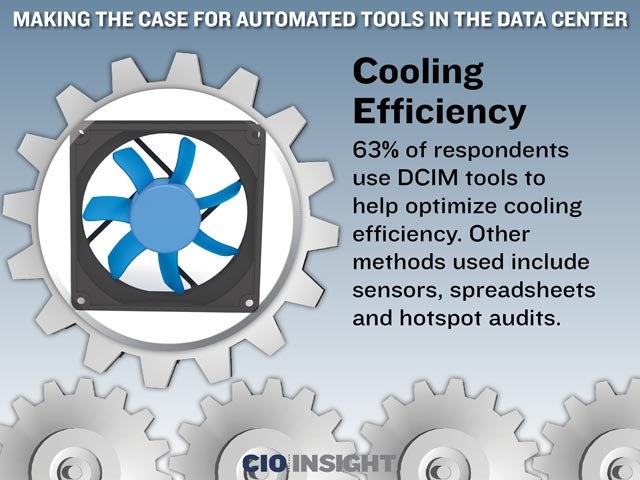 Cooling Efficiency
Cooling Efficiency
63% of respondents use DCIM tools to help optimize cooling efficiency. Other methods used include sensors, spreadsheets and hotspot audits.
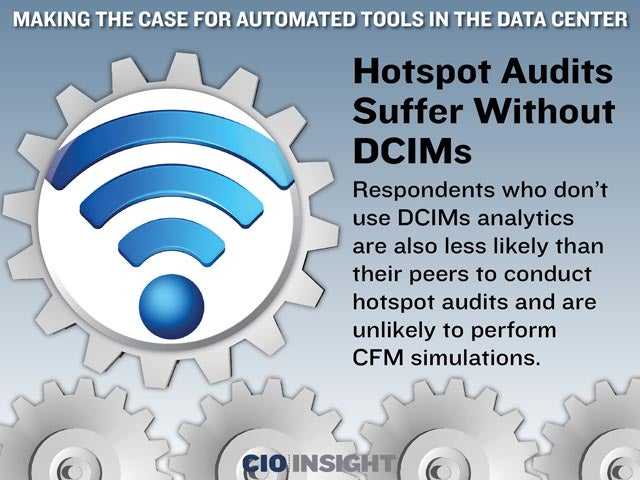 Hotspot Audits Suffer Without DCIMs
Hotspot Audits Suffer Without DCIMs
Respondents who don’t use DCIMs analytics are also less likely than their peers to conduct hotspot audits and are unlikely to perform CFM simulations.
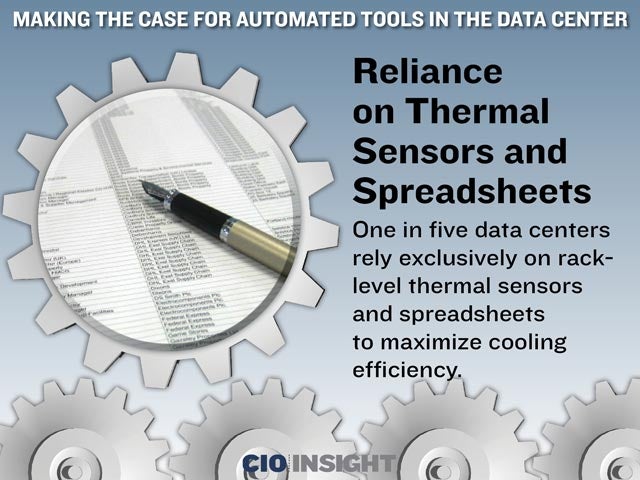 Reliance on Thermal Sensors and Spreadsheets
Reliance on Thermal Sensors and Spreadsheets
One in five data centers rely exclusively on rack-level thermal sensors and spreadsheets to maximize cooling efficiency.
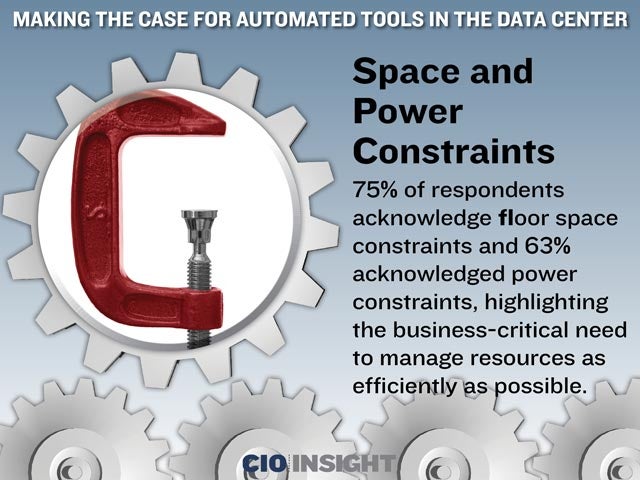 Space and Power Constraints
Space and Power Constraints
75% of respondents acknowledge floor space constraints and 63% acknowledged power constraints, highlighting the business-critical need to manage resources as efficiently as possible.
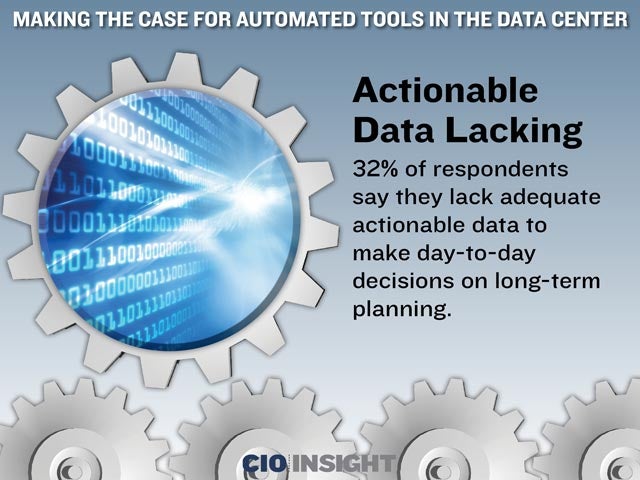 Actionable Data Lacking
Actionable Data Lacking
32% of respondents say they lack adequate actionable data to make day-to-day decisions on long-term planning.
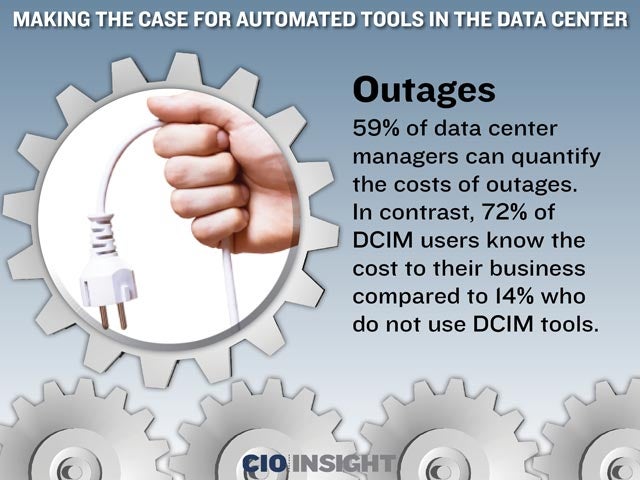 Outages
Outages
59% of data center managers can quantify the costs of outages. In contrast, 72% of DCIM users know the cost to their business compared to 14% who do not use DCIM tools.
 Average Cost of Outage
Average Cost of Outage
The average cost of an outage among the 118 data centers the survey could quantify was $28,900.